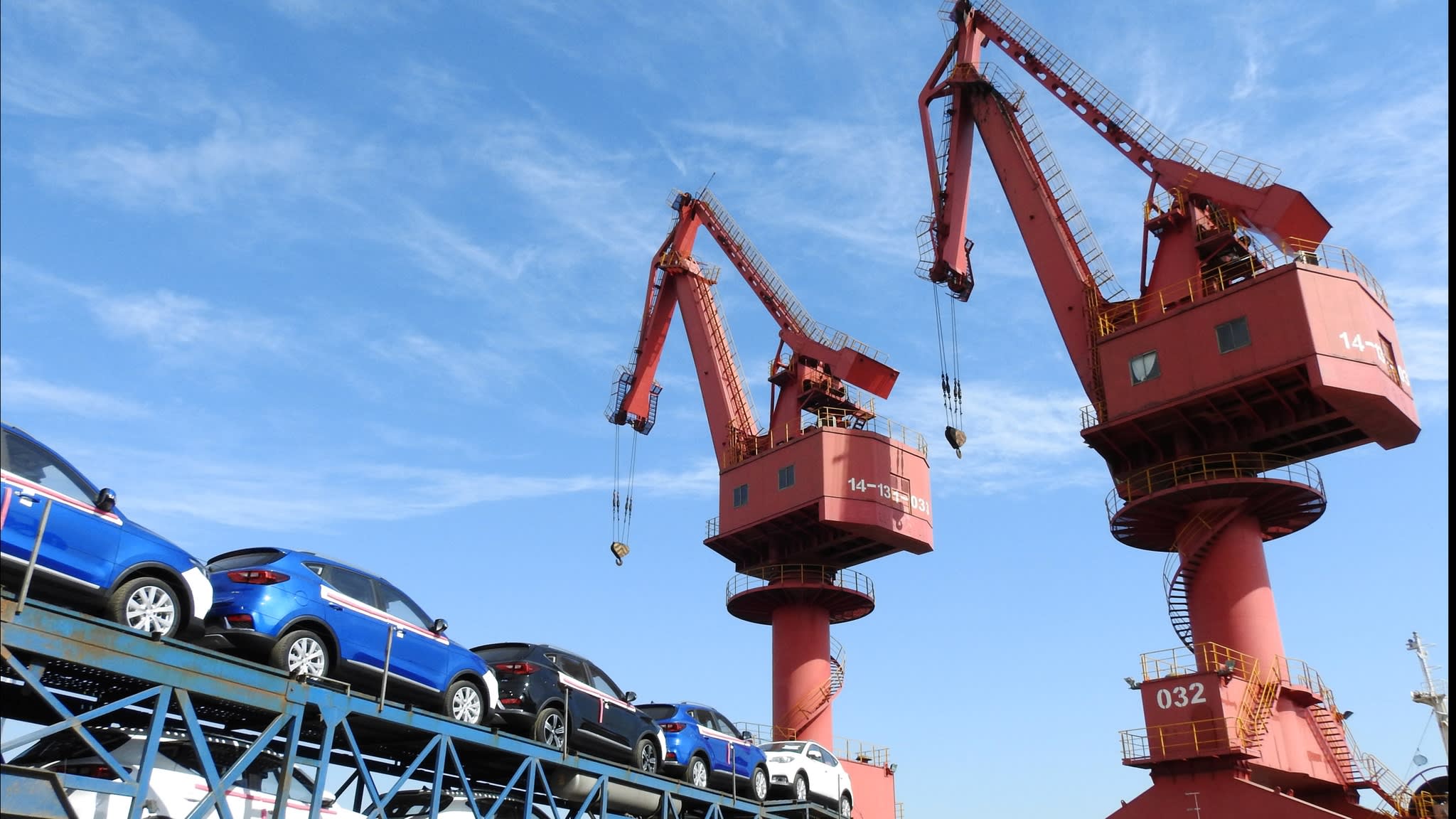Asian economists maintained their forecasts of steady growth for their economies in 2018 and beyond despite recent changes in the business environment, including increased US-China trade tensions and market jitters in some emerging economies.
However, they have changed their predictions on exchange and interest rates, toward weaker currency in countries such as Indonesia, the Philippines and India and higher interest rates throughout the region, Nikkei reported. Moreover, economists’ concerns have sharply increased over rising trade protectionism and the possible impact of faster-than-expected US rate hikes, a survey found.
The Japan Center for Economic Research and Nikkei conducted a quarterly consensus survey from June 8 to 28, collecting 40 answers from economists and analysts in five biggest members of the Association of South East Asian Nations—Indonesia, Malaysia, the Philippines, Singapore and Thailand—and India.
Growth forecasts for major ASEAN countries as well as India remain steady. The 2018 growth forecast of ASEAN5 was 5%, unchanged from the previous survey in March. The outlook for Thailand was revised up by 0.3 points supported by strong exports and domestic demand. “Growth looks stronger buoyed by both external and domestic demand,” observed Thammarat Kittisiripat of KT ZMICO Securities in Thailand.
The export boom of semiconductors and other goods looks to continue longer than previously expected in Singapore and Malaysia as well as Thailand. “The strong export upturn looks to be sustained” in the second half of 2018, said Manu Bhaskaran of Centennial Asia in Singapore.
The Philippines is expected to maintain strong growth supported by domestic factors. The 2018 growth forecast was 6.8%, unchanged from the previous survey. Growth “will be supported by solid household spending, sustained expansions in both government and investment spending,” according to Pauline Revillas of Metrobank.
Higher Dollar and Oil Prices
India’s economy is expected to return to a high-growth trajectory. The 2018/19 forecast was 7.4%, up 0.7 points from the 6.7% achieved in 2017/18, when the economy temporarily slowed due to confusion ahead of the introduction of the new Goods and Services Tax in July 2017.
The 2018/19 projection was unchanged from the March survey. “We expect the momentum to continue ... in fiscal 2018/19,” said Dharmakirti Joshi of CRISIL in India.
There are significant changes, however, in projections of foreign exchange and interest rates as well as inflation in Asian countries. With the acceleration of the US interest rate rise, pressure toward currency depreciation has intensified in the last three months. This effect was notable in Indonesia, India and the Philippines.
The Indonesian rupiah declined to 14,404 against the dollar at the end of June, an about 4% drop in three months despite the central bank’s three rate hikes in May and June. Economists expect the trend to continue in 2018, and further interest rate hikes were predicted.
The Indian rupee hit a historical low of 69.09 against the dollar on June 28. “The pressure on the rupee will continue due to higher oil prices and higher inflation going forward,” predicted Punit Srivastava of Daiwa Capital Markets India.
In the Philippines, the inflation rate forecast for 2018 was revised up by 0.3 points from the March survey to 4.5%. It is higher than the upper limit of the central bank’s target range of 2-4%.
The increase is partly due to tax reforms in January and may prove temporary, but “the upward pressure may continue because of fluctuation in global oil prices,” said Carlo Asuncion of Union Bank of the Philippines. All economists foresee a weaker peso toward the end of 2018.
Market-Related Risks
Market-related risks were a subject of concern. Currency depreciation emerged as the greatest risk in Indonesia and India, and the second greatest in the Philippines. Repercussions of US monetary policy were seen as the second largest risk in Indonesia, Singapore and India, and the third biggest risk in the Philippines.
Asian economists, however, are taking the rise of protectionism most seriously. It was the largest risk in Singapore, Malaysia and Thailand. In JCER’s scoring system, in which a score reaches 60 or more when all economists regard an item as one of three biggest risks, scores for “rise of protectionism” were 70 or more in these three countries, indicating an “alarming” level of risk. Protectionism is seen as the second and third largest risk in India and Indonesia respectively.
The survey also asked economists to identify potential developments that could impact, both in positive and negative ways, Asian economies as a whole. Attention to a US-China trade war and relevant trade conflicts far exceeded any other negative developments.
Investors Seeks Better Profits
Escalating trade tensions between the US and China are raising economic uncertainty in Asia and sending ripples through financial markets in Indonesia and India, Paul Gruenwald, global chief economist for S&P Global Ratings said in an interview with Nikkei.
Investors have been shifting from emerging markets because of better interest rates in the US, and the ongoing economic uncertainty will further fuel this shift, he said. “Relative to the rest of Asia, I think India and Indonesia are probably the most at risk,” he said.
Gruenwald added, though, that these economies are not as vulnerable as in 2013, when they were hit by capital outflows following the first signs of monetary policy normalization in the US, in what became known as “a taper tantrum.”
The latest bout of capital outflows, which started in earnest in April, was also triggered by Fed tightening and expectations that the US central bank will be more aggressive in fighting inflation than previously anticipated.


